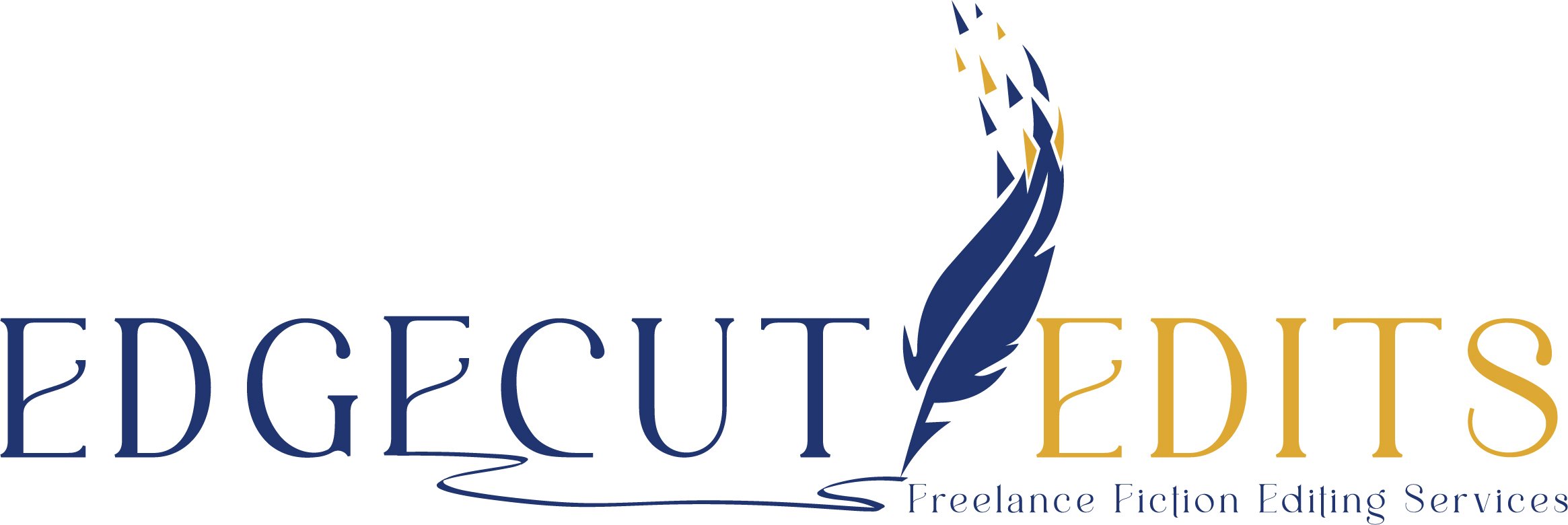Line+Copy Editing
Do You Need Line Editing?
If you have nagging doubts about the quality and effectiveness of your sentences regarding style, word choice, structure and/or tone, then yes, employ a line editor.
Also, my line edits always come with a copy edit as a separate round!

What Exactly Is Line Editing?
Line Editing refines style, tone, and clarity and can benefit most writers.
Here’s how Masterclass.com describes line editing:
More art than science, line editing ensures that the sentences… are as effective as they can be. A line editor is attentive to the writer’s individual style…and approaches the manuscript as a careful reader.
A line editor works line-by-line, tightening up sentence structure so the language is sharp and clear. They look closely at how a writer’s word choice and syntax contribute to the tone or emotion of a piece of writing.
Remember, awkwardly written sentences can ruin a reader’s immersion in your story, which may turn them off to reading the rest of your book.
Can You Provide an Example of a Line Edit?
Here’s a scene from a procedural murder mystery that I made up:
Sighing as he maintained steady eye contact with the woman, the detective questioned whether or not she was telling the truth, though one question stuck out in particular: Why, instead of providing details about that night, would she ask him so many questions about his investigation into her son’s girlfriend, especially if they already knew conclusively that her son’s killer had been a man?
There are quite a few problems with this paragraph.
The first, and most obvious, is a propensity toward wordiness.
Economy of language is a crucial skill in the art and craft of writing a novel (especially gritty detective fiction!)
I will shorten and clarify overwritten sentences to make them more impactful, with accompanying comments explaining my thought process so you can accept or reject my reasoning. (Nothing you’ve written will be thrown out, I promise!)
Speaking of wordiness, the word “question” is repeated three times in three different contexts. I won’t go through each one; the important thing to know is that three repetitions are too many, even if one is a verb and the others are nouns.
Here’s another important detail: Why do we refer to the main character as “the detective” in this scene? Doesn’t he have a name?
Since he’s investigating the murder and the suspects, he’s probably a significant character in the book and should be referred to by name to reduce the distance between character and reader. Same with the son’s girlfriend.
Let’s name them Detective Chambers and Sarah.
Finally—and this is one that is often overlooked and overused—a skilled writer tries to eliminate or reduce “filter” words.
Examples of these are: he thought, she realized, and they understood.
These words create distance between the narrator and the character by filtering the reader’s experience through the eyes of the main character.
The detective questions (filters) the woman’s truthfulness so we can receive, secondhand, the uncertainty and ambiguity he is feeling (and which the writer is trying to establish in the scene).
But why can’t the reader experience that ambiguity directly?
Was she telling the truth?
Punchy, direct and much more effective!
As if by telepathy, we have injected ambiguity, mystery, and tension directly into the reader’s mind.
Here’s how I—the line editor—would rewrite this scene:
Was she telling the truth?
Detective Chambers sighed as he held the woman’s piercing gaze. She seemed more interested in asking questions about his investigation than providing details.
Interesting.
But why interrogate him about her murdered son’s girlfriend? They knew Sarah Wilson hadn’t pulled the trigger. Conclusive evidence had already confirmed the killer was a man.
What was she not telling him?

A Copy Edit is Included… But How is that Different? And do I need it?
Everybody makes mistakes, especially during the white-hot process of blazing through your latest passion project.
Copy editing is the most important quality assurance step before publication. I’ve been copy editing text of various forms for almost twenty years, and there are always mistakes. No one can avoid them. Skipping this step is the quickest and easiest way to mark yourself as an amateur.
Here’s how Grammarly.com describes copy editing:
The tasks involved in copy editing include checking written material for grammar, spelling, style, and punctuation issues before [publishing]. A copy editor may also fix any problems with transitions, wordiness, jargon, and to ensure the style of the piece fits with the publication.
My line edits always include a copy edit – but not just as a side dish to the main entrée. I always perform two passes of your manuscript so that I can focus on stylistic edits (line) and more granular corrections (copy).
Cost of Line (+Copy) Edit
Standard Turnaround Time – $0.040 per word
Speedy Delivery (half the standard time) – $0.050 per word
Turnaround Time
5k – 15k words = 3-5 days
16k – 30k words = 1-1.5 weeks
31k – 55k words = 2-3 weeks
56k – 75k words = 3-4 weeks
70k+ words = 4+ weeks
